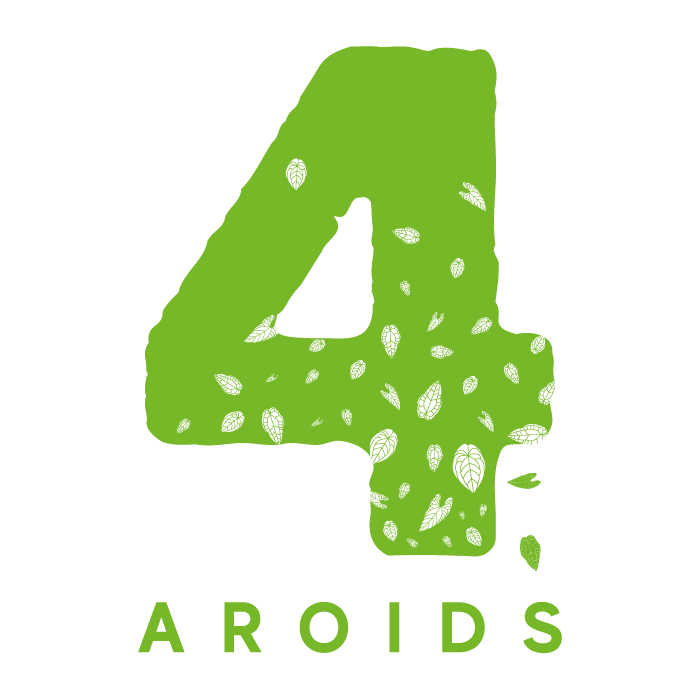Anthurium forgetii is a plant first described by NE Brown in 1906 in the "Gardeners Chronicle", a weekly botanical journal from London. According to the description, the name goes back to the first-time collector Monsieur Forget, who found them in the Colombian province of Cundinamarca. As a result, larger quantities of the plant were imported to England by a company called "Sanders & Sons".
Since there is no scientific data, e.g. herbarium specimen of the holotype, exact location, etc., apart from the above-mentioned article on Anthurium forgetii, and the species is not listed in the International Plant Names Index (IPNI) of the Royal Botanic Garden Kew, there is uncertainty about the legitimacy of the description.
The prominent feature of this species is the missing sinus with a shield-shaped ("peltate") leaf shape. This property rarely occurs in anthuriums. A remotely open sinus was never observed in the originally imported plants.
In addition, the leaves are described as elliptical-ovoid, with a rounded, slightly pointed apex and a length of up to 35 centimeters. The upper side of the leaf is characterized by a velvety shine of the deep green leaf with pale green veins, which are often accompanied by a whitish edge. The underside of the leaves is also pale green. Sometimes a purple shading is observed. The veins of Anthurium forgetii originate from the base of the round (terete) petiole on the leaf. One of the 6-7 basal veins runs upwards in the extension of the midrib and often only splits into two branches near the edge of the leaf. The inflorescence with a round stem is approximately twice as high as the leaves and has a green, narrow flower sheath (spathe) with an ocher yellow spadix .
In the hobby we speak of a Anthurium forgetii "dark form", which some also call a Anthurium forgetii "green form" because of the deep green color, and a Anthurium forgetii "white stripes" form. Some plants also have almost black leaf color. The extent to which some of these different forms contain introgressed genetic material from other species, e.g. Anthurium crystallinum, is unknown, but can be assumed at least in part due to the deviations from the original description.

Leave a comment
This site is protected by hCaptcha and the hCaptcha Privacy Policy and Terms of Service apply.